White baneberry, also known as Doll’s Eyes, Necklace Weed, or Toadroot, is a unique perennial wildflower native to the moist, deciduous woodlands of Eastern North America. Belonging to the Ranunculaceae family, its botanical name is Actaea pachypoda. This distinctive plant earns its common name from its unusual white berries with black spots, resembling miniature doll’s eyes, which appear in midsummer.
Known for its ornamental value in naturalized gardens and woodland settings, white baneberry thrives in shaded areas with rich, well-draining soil. Its striking appearance and low-maintenance nature make it an intriguing addition for gardeners seeking native plants with a touch of wild beauty.
| Common name | Baneberry, Doll’s Eyes, Dolls-eyes, Necklace Weed, Toadroot, White Baneberry, White Beads |
| Botanical name | Actaea pachypoda |
| Family | Ranunculaceae |
| Species | pachypoda |
| Origin | Eastern North America |
| Life cycle | Perennial |
| Plant type | Herbaceous Perennial |
| Hardiness zone | 3, 4, 5, 6, 7, 8 |
| Sunlight | Dappled Sunlight |
| Maintenance | Low |
| Soil condition | Clay |
| Soil ph | Acid |
| Drainage | Well-Drained |
| Spacing | 3 ft. – 6 ft. |
| Harvest time | Fall |
| Flowering period | Spring |
| Height | 1 ft. – 3 ft. |
| Flower color | Gold, Yellow |
| Leaf color | Green |
| Fruit color | Burgundy, Red |
| Stem color | Red, Burgundy |
| Fruit type | Berry |
| Fruit benefit | Showy |
| Leaf benefit | Showy |
| Flower benefit | Fragrant |
| Garden style | Cottage Garden |
| Uses | Naturalized Area |
I. Appearance and Characteristics
Actaea pachypoda, the white baneberry or doll’s-eyes, is a species of flowering plant in the genus Actaea, of the family Ranunculaceae.
The plant is native to eastern North America, in eastern Canada, and the Midwestern and Eastern United States. It prefers clay to coarse loamy upland soils, and is found in hardwood and mixed forest stands.
This herbaceous perennial plant grows to 46–76 cm (18–30 in) or more tall. It has toothed, bipinnate compound leaves up to 40 cm (16 in) long and 30 cm (12 in) broad.
The white flowers are produced in spring in a dense raceme about 10 cm (3.9 in) long. The plant’s most striking feature is its fruit, a 1 cm (1⁄2 in) diameter white berry, whose size, shape, and black stigma scar give the species its other common name, “doll’s eyes”. The pedicels thicken and become bright red as the berries develop.
The berries ripen over the summer, turning into fruits that persists on the plant until frost.
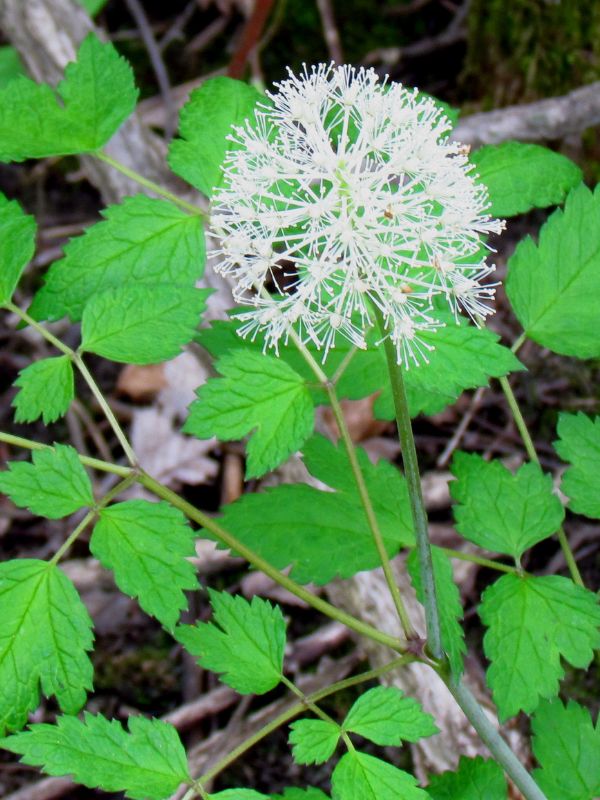
There are pink- and red-berried plants that have been called A. pachypoda forma rubrocarpa, but some of them produce infertile seed, and may actually be hybrids with Actaea rubra.
The specific name pachypoda means “thick foot”, from Ancient Greek παχύς pakhús “thick” and πούς poús “foot”, which could refer to the large rhizome of the plant or to the stalks supporting the berries, which are thicker than the closely related Actaea rubra.
Both the berries and the entire plant are considered poisonous to humans. The berries contain cardiogenic toxins which can have an immediate sedative effect on human cardiac muscle tissue, and are the most poisonous part of the plant. Ingestion of the berries can lead to cardiac arrest and death.
A variety of birds, which are not affected by the toxins, eat the berries and help disperse the seeds. Long-tongued bees collect pollen from the flowers.
It requires part or full shade, rich loamy soil, and regular water with good drainage to reproduce its native habitat.
II. How to Grow and Care
Sunlight and Soil
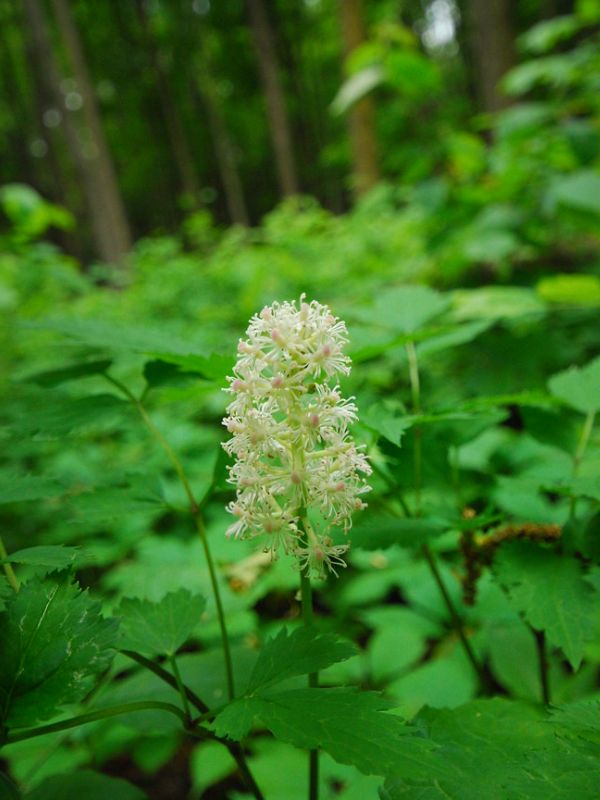
This woodland plant thrives in moist, rich, well-drained soil and partial shade.
Watering
Native to the moist, deciduous woodlands, white baneberry thrives in consistently damp soil that emulates its forest floor origins. It exhibits a preference for high humidity and has moderate drought tolerance. For optimal health, watering should align with twice a week. As an understory plant often found beneath canopies, white baneberry is predominantly grown outdoors where it benefits from natural rainfall patterns and the shelter of larger flora. Its water needs are closely tied to its growth cycles, requiring more moisture during active periods.
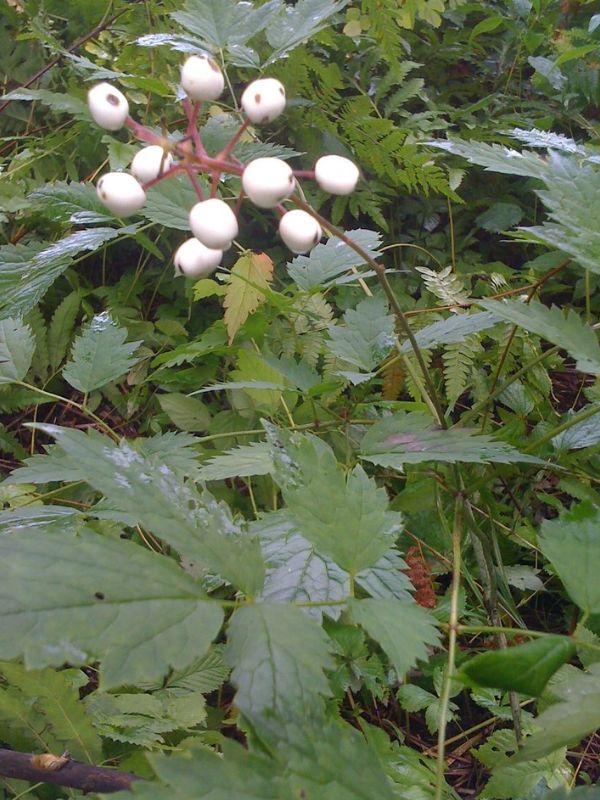
Fertilizing
Fertilize white baneberry with a balanced nutrition fertilizer, such as a 10-10-10 NPK formula, to ensure healthy growth and vibrant fruiting. Apply fertilizer in early spring at the onset of growth and again in midsummer, following package instructions for dilution and quantity. Over-fertilizing white baneberry can lead to excessive foliage at the expense of fruit production. Seasonal needs vary; reduce fertilization in fall to prepare the plant for dormancy. Always water white baneberry thoroughly after fertilizing to distribute nutrients and prevent root burn.
Transplanting
Spring to early summer is an excellent time to transplant white baneberry, as the gently warming soil encourages root growth. White baneberry prefers shady or semi-shady locations with rich, moist soil. Remember, slow and steady is the mantra when transplanting white baneberry to minimize root shock.
How to grow
Growing white baneberry doll’s eye plants is not difficult, and they’re suitable for growing in USDA plant hardiness zones 3 through 8.
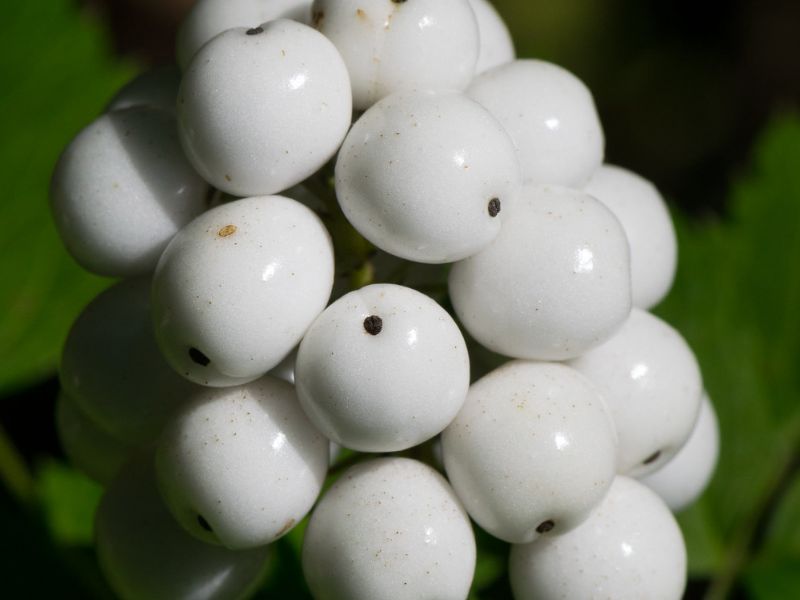
Plant baneberry seeds in late autumn, but keep in mind the plant may not flower until the second spring. You can also start seeds indoors in late winter. Either way, keep the soil moist until the seeds germinate. Often, white baneberry plants are available in garden centers that specialize in native plants or wildflowers.
Repotting
Repot white baneberry, a non-climber with a bushy habit, every 2-3 years to accommodate growth. Repotting is best done in early spring before new foliage emerges, promoting a robust season. Select a slightly larger container each time to ensure root comfort. Post-repotting, provide light shade and maintain moist soil to support white baneberry’s recovery and continued health. Adhering to these species-specific guidelines ensures white baneberry’s vitality.
III. Uses and Benefits
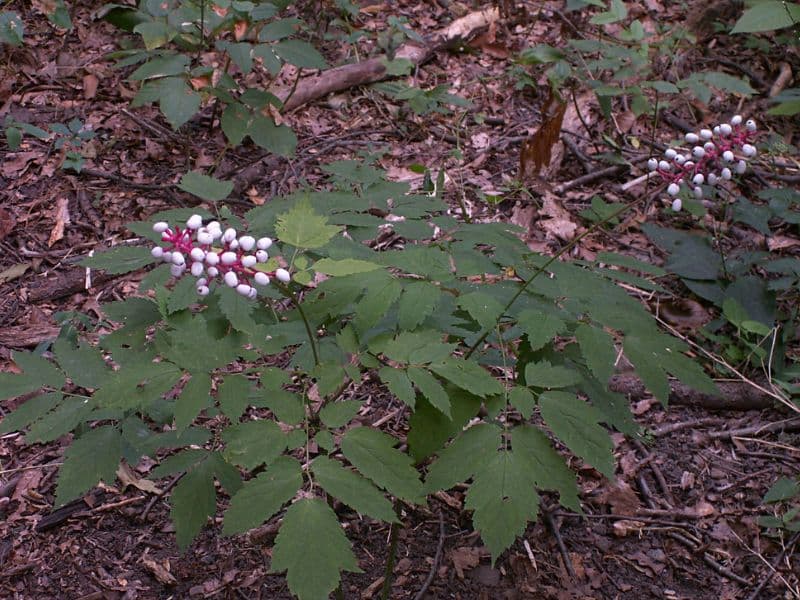
White baneberry is occasionally grown in shade and forest gardens where it is used as a specimen plant. The spreading shrub is resistant to deer and provides year-round garden interest. It produces clusters of blooms in the spring, and berries in the summer that last until winter. The clusters of blossoms are also used as cut flowers.
Find Where to Buy the Best White Baneberry (Actaea pachypoda)
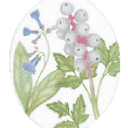





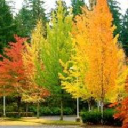
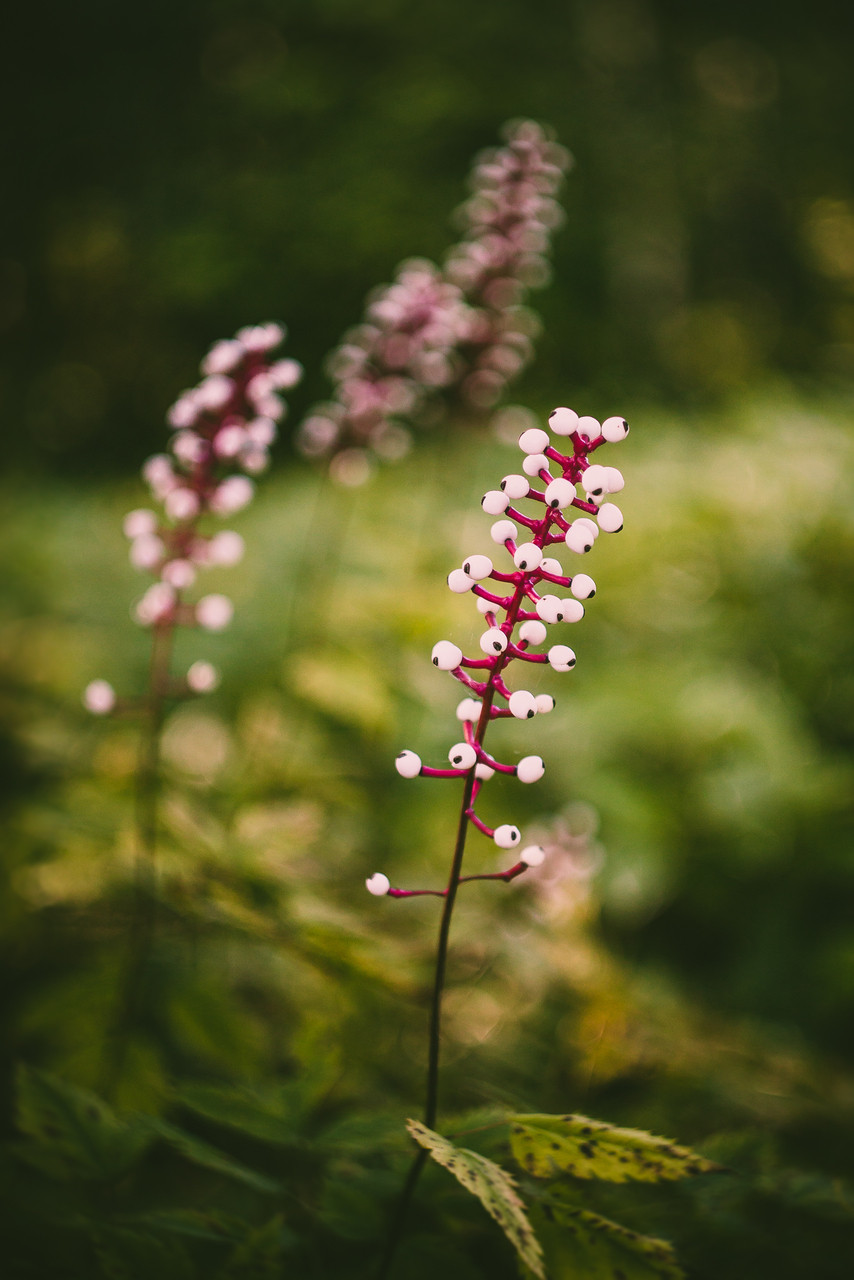










Leave a Reply